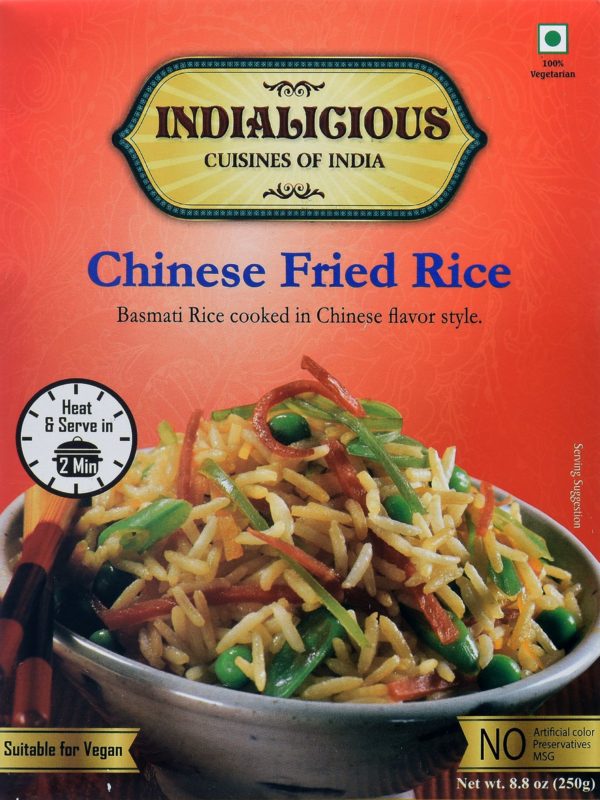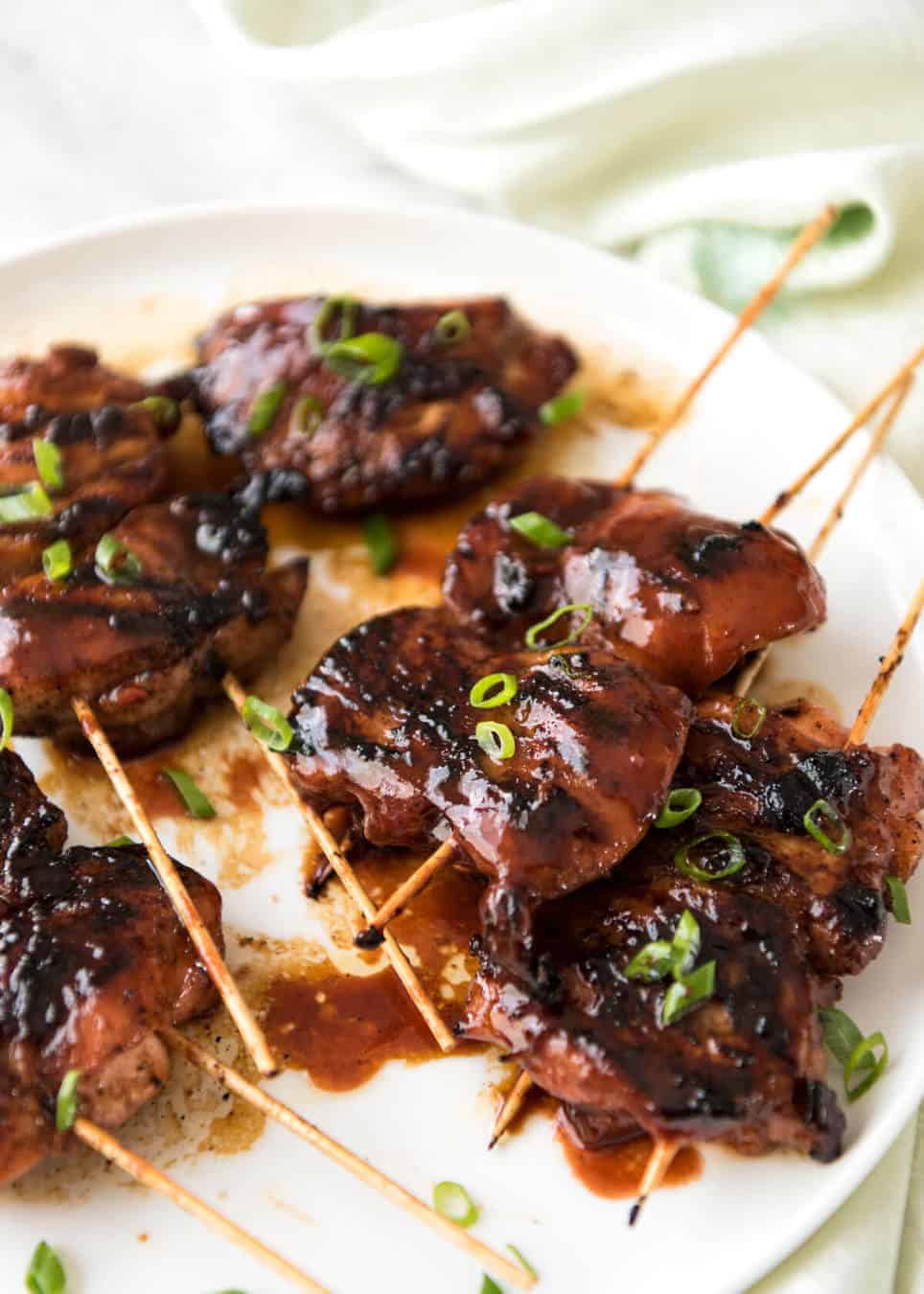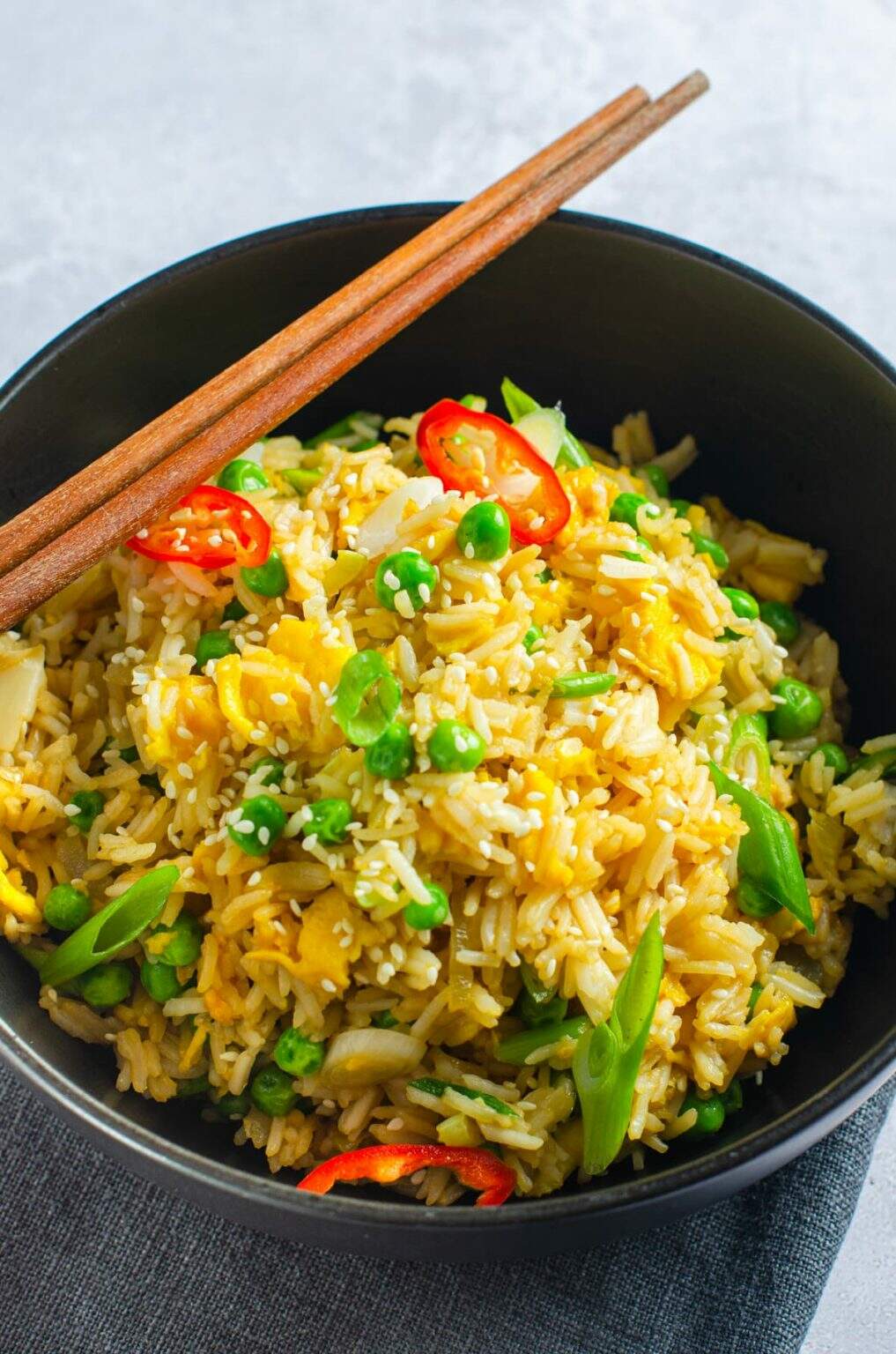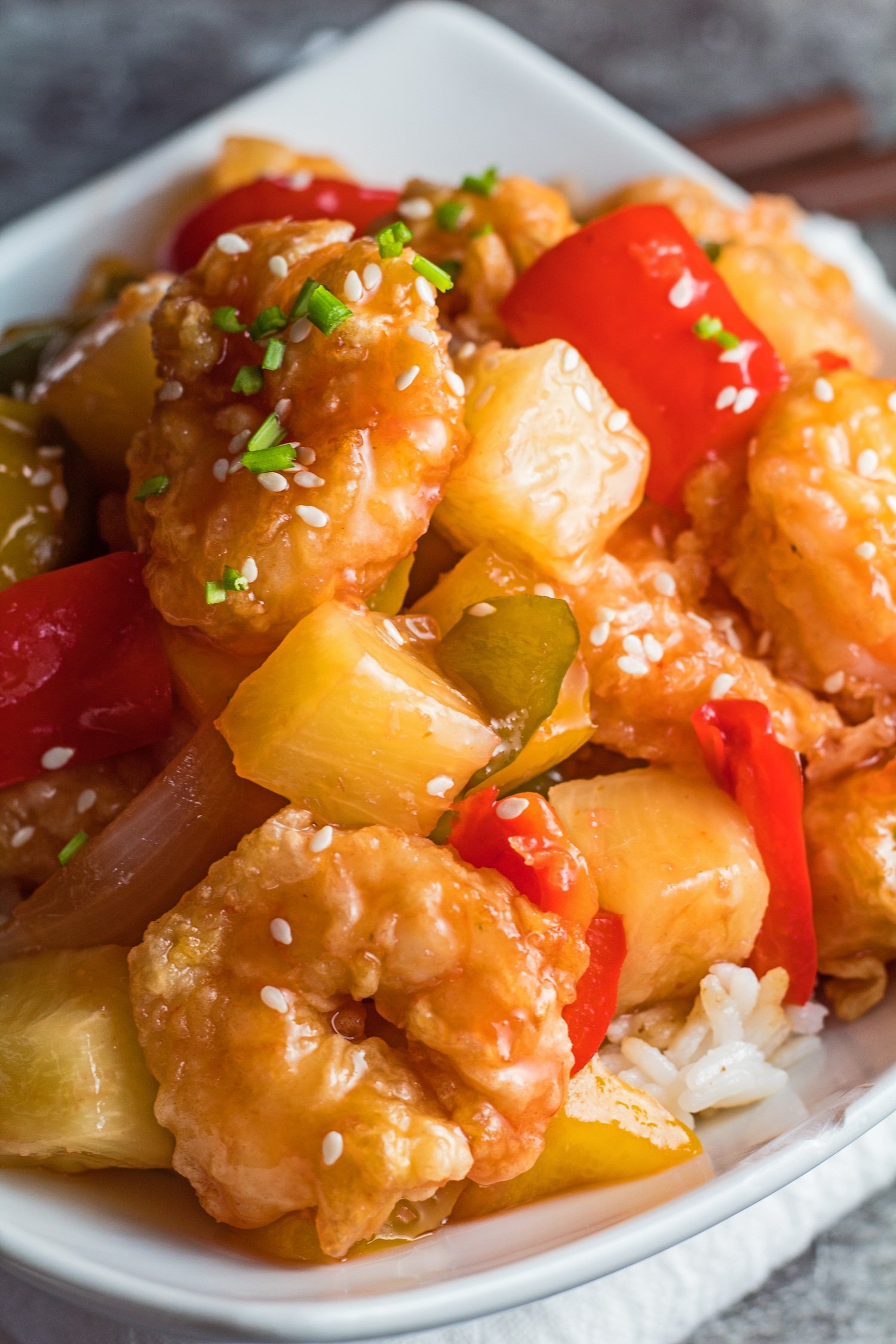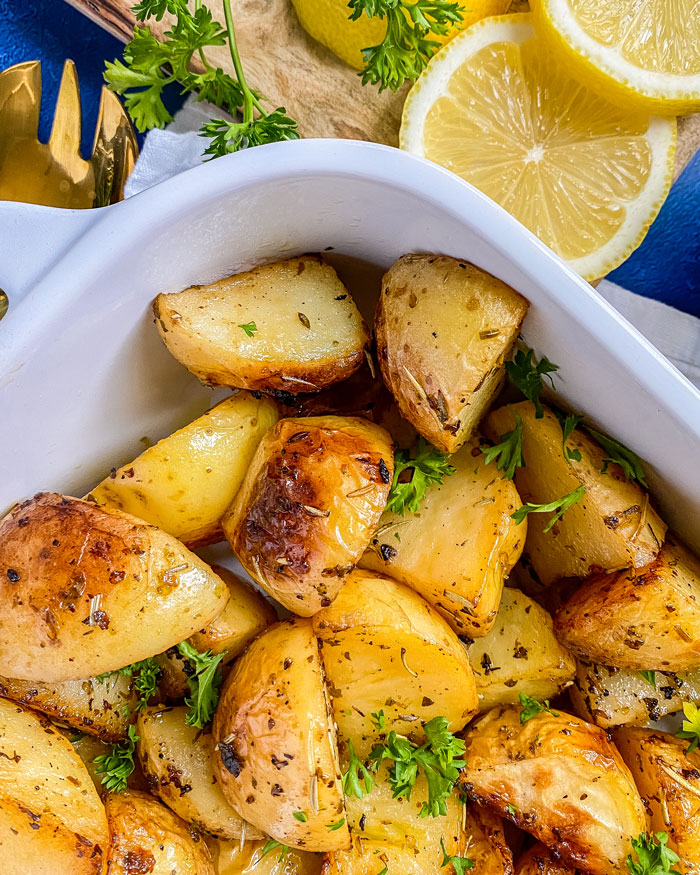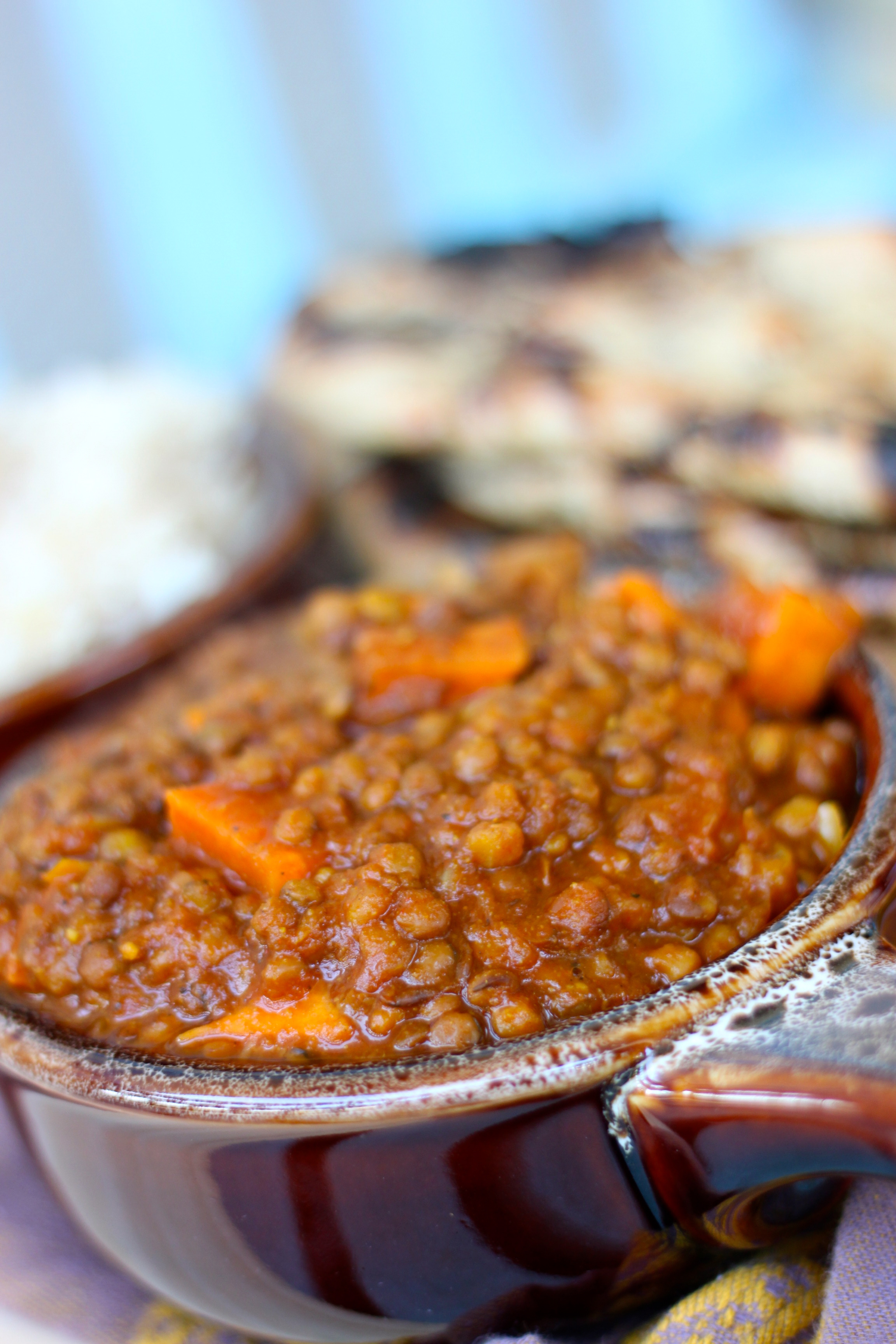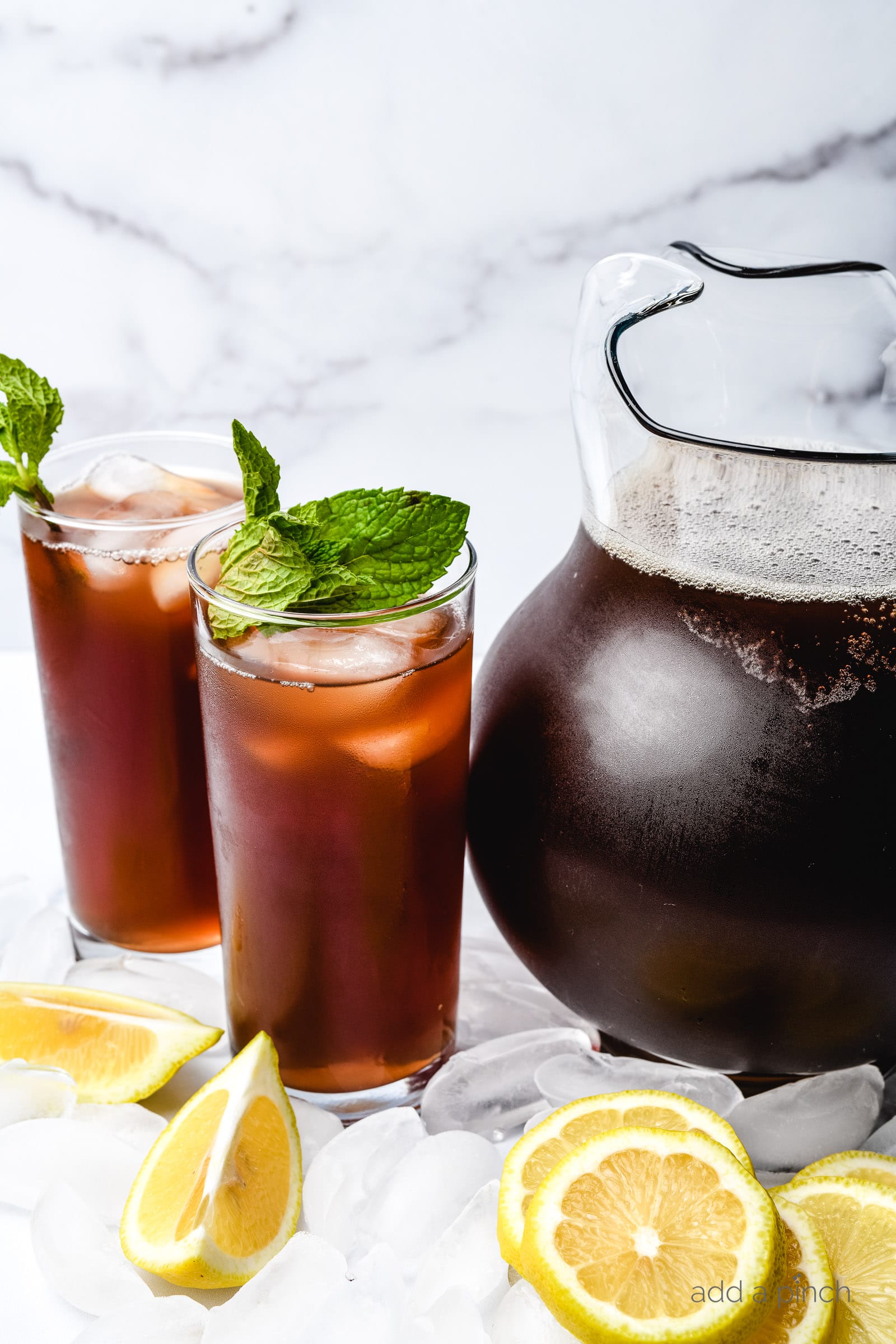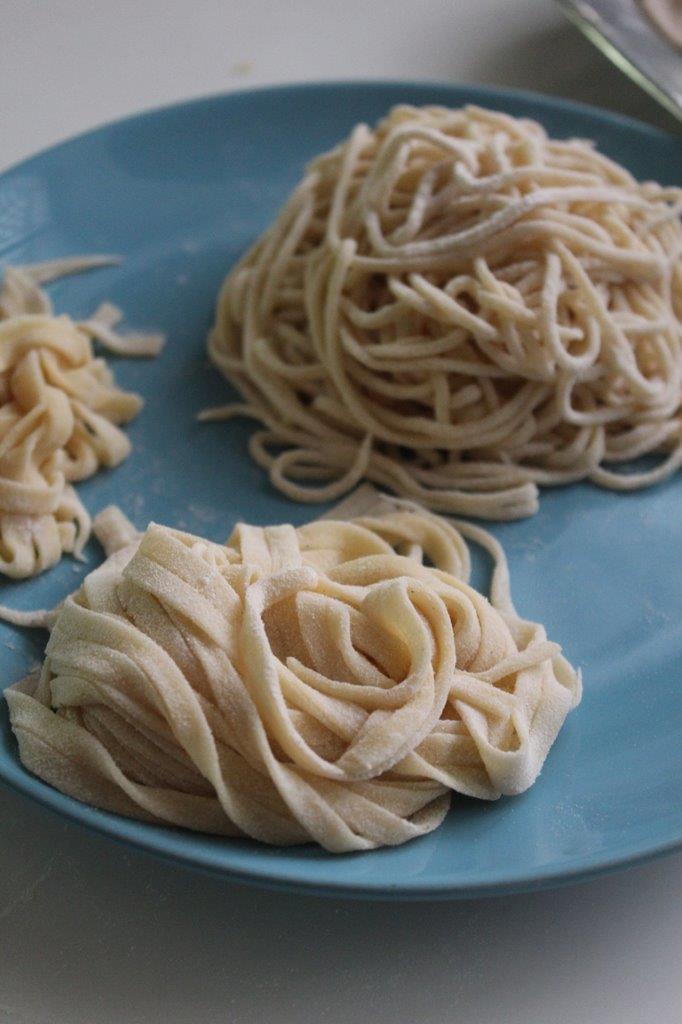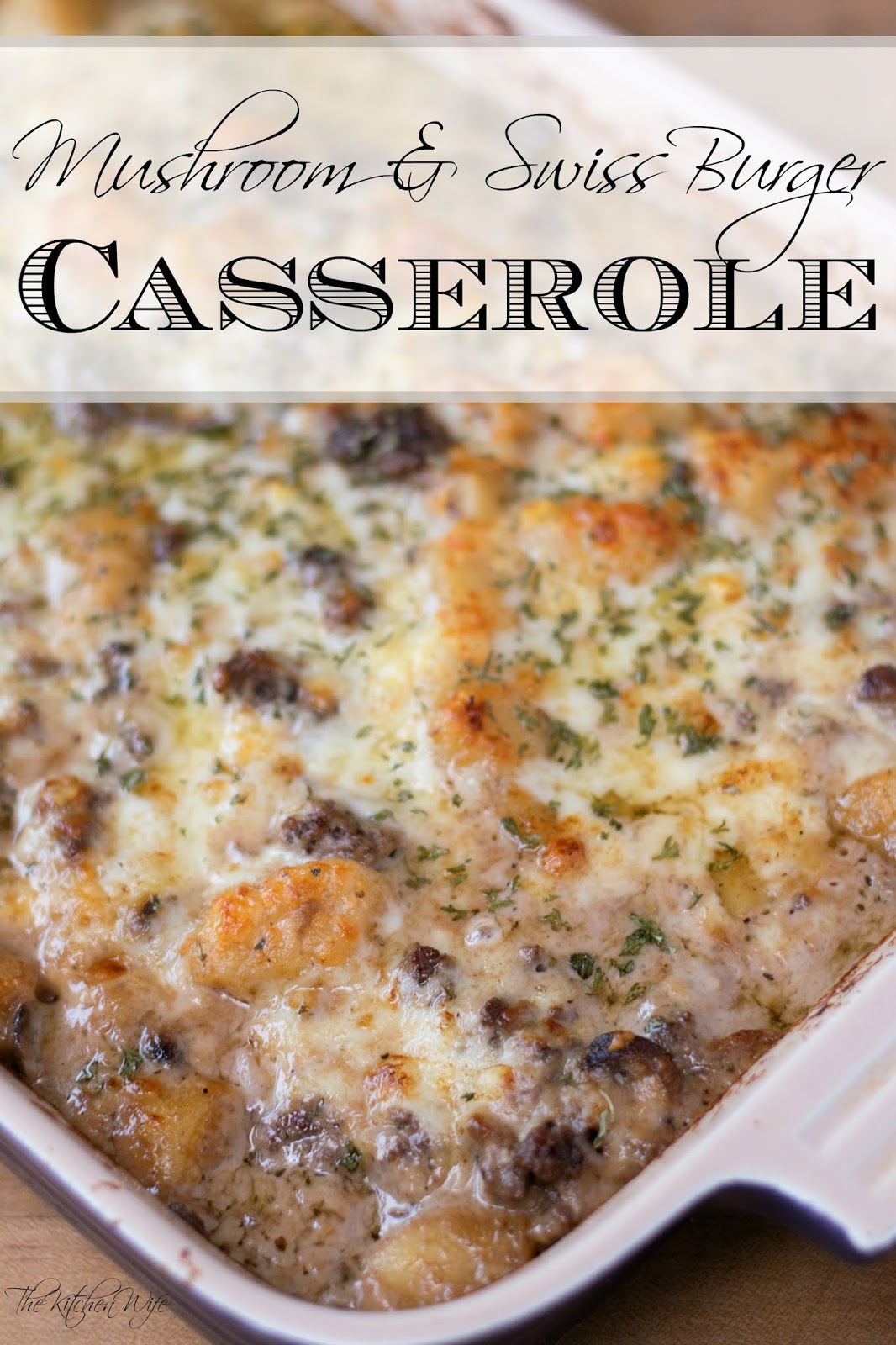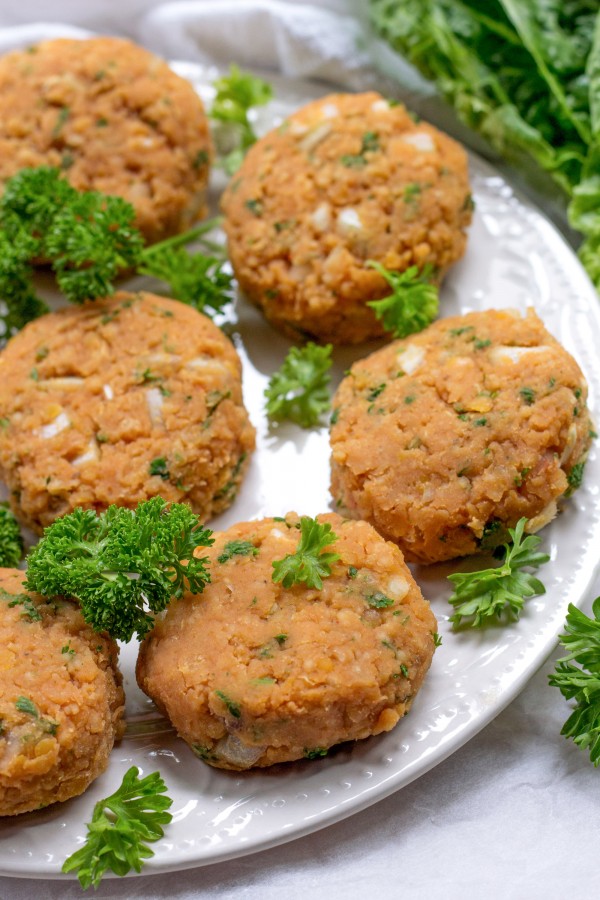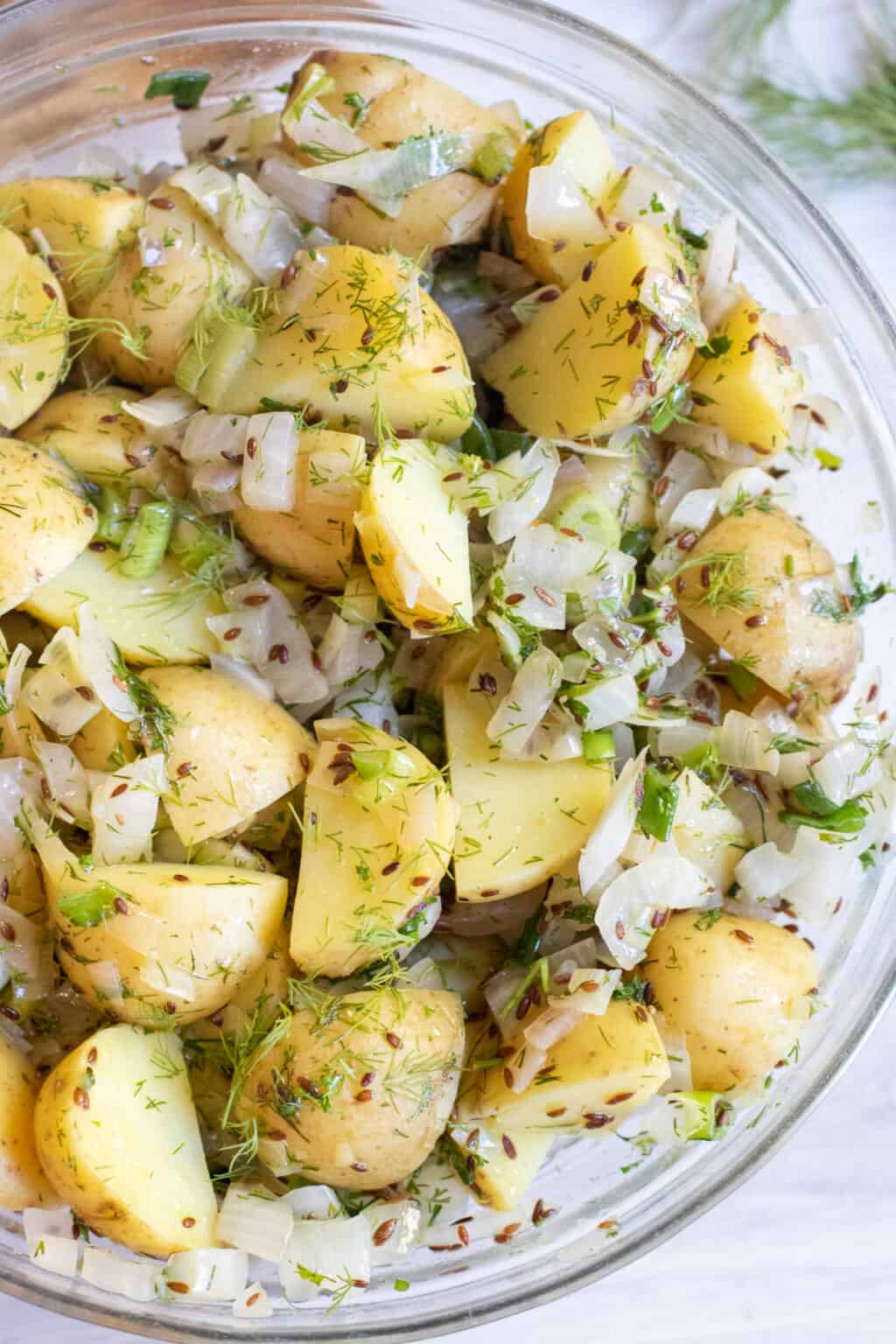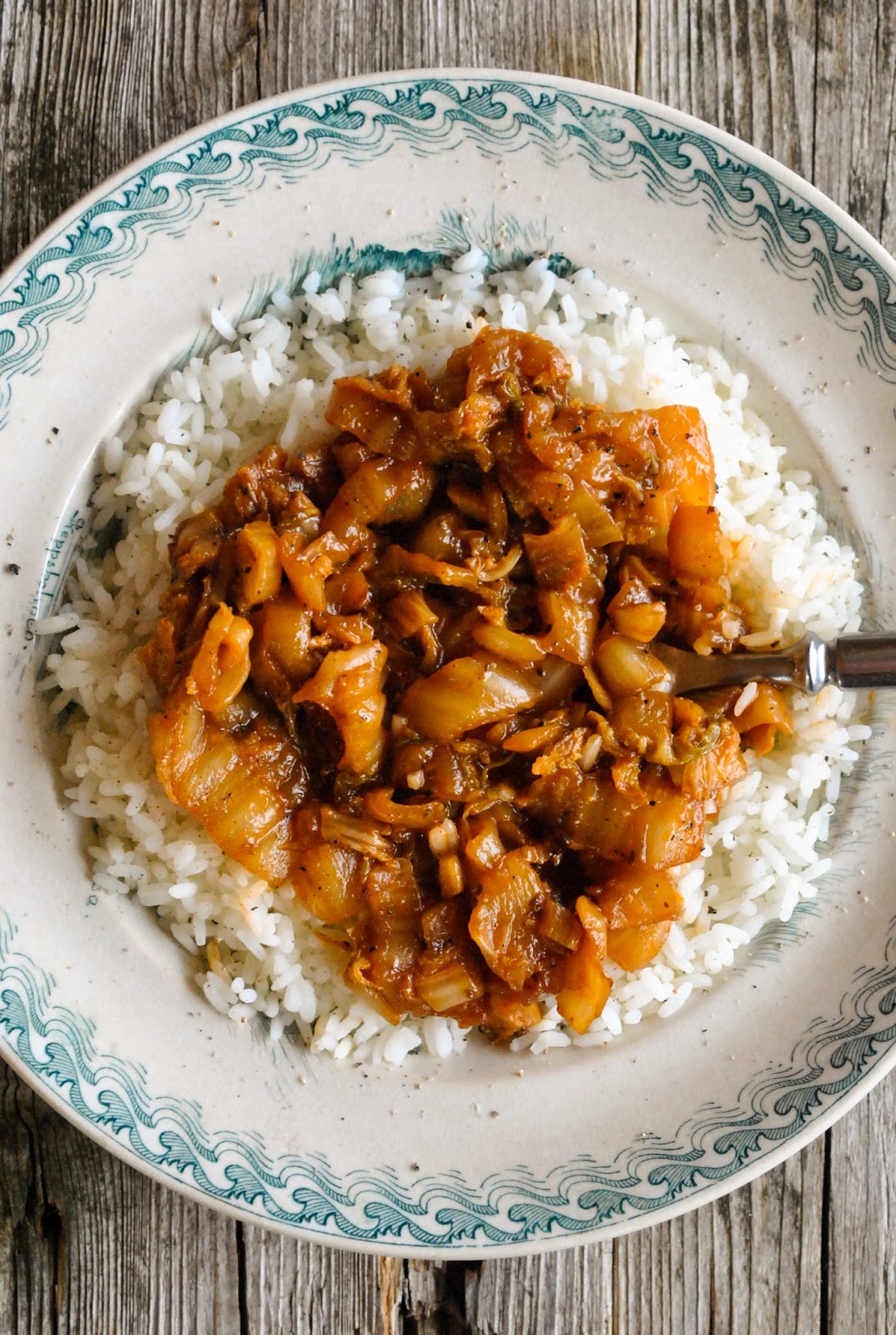Chinese cuisine is rich, diverse, and deeply rooted in culture and tradition. From spicy Szechuan dishes to delicate dim sum, there is something for every taste bud to enjoy. But what makes Chinese cuisine truly unique is the attention to detail and balance in flavors and textures. In this article, we will explore the secrets behind some of the most popular Chinese dishes and learn how to recreate them in your own kitchen.
Mastering the Art of Chinese Seasoning
Chinese cooking is all about finding the perfect balance between the five main flavors: sweet, sour, salty, bitter, and umami. Each dish should have a harmonious blend of these flavors, with one dominant taste. This is achieved through the use of various seasonings such as soy sauce, vinegar, ginger, garlic, and various spices. The key is to use these seasonings sparingly, as a little goes a long way in Chinese cooking.
The Importance of Fresh Ingredients
In Chinese cuisine, the quality of ingredients is crucial. That's why most Chinese dishes are made with fresh, locally sourced ingredients. Vegetables should be crisp, meat should be tender, and seafood should be fresh from the ocean. When cooking Chinese dishes, it's important to pay attention to the cooking time for each ingredient, as overcooking can result in a loss of flavor and texture.
The Art of Stir-Frying
Stir-frying is a popular cooking technique in Chinese cuisine that involves cooking small pieces of food over high heat in a wok. This method not only preserves the freshness and flavor of the ingredients but also allows for quick and even cooking. To achieve the perfect stir-fry, make sure to cut your ingredients into uniform pieces and have all your ingredients prepared and ready to go before starting the cooking process.
Unleashing the Power of Chinese Herbs and Spices
Chinese cuisine is also known for its use of various herbs and spices, such as star anise, Szechuan peppercorns, and Chinese five-spice powder. These ingredients not only add depth of flavor but also have medicinal properties and are used in traditional Chinese medicine. When using Chinese herbs and spices, be sure to use them in moderation, as they can easily overpower a dish.
Putting it All Together – A Classic Chinese Recipe
Now that we have covered the basics of Chinese cooking, let's put it all together with a classic recipe – Kung Pao Chicken. This popular dish is a perfect example of the balance of flavors and textures in Chinese cuisine. It combines tender chicken, crunchy peanuts, and spicy Szechuan peppers in a sweet and savory sauce. The key to making this dish stand out is to marinate the chicken in Chinese cooking wine and soy sauce before cooking, and to add the Szechuan peppers towards the end of the cooking process for a burst of heat and flavor.
In conclusion, Chinese cuisine is a beautiful and intricate art form that has been perfected over centuries. By mastering the art of Chinese seasoning, using fresh ingredients, and understanding cooking techniques, you can recreate your favorite Chinese dishes at home. So next time you're craving some delicious Chinese food, why not try your hand at making it yourself? Trust us, your taste buds will thank you.
HTML Code:
Mastering the Art of Chinese Seasoning
Chinese cooking is all about finding the perfect balance between the five main flavors: sweet, sour, salty, bitter, and umami. Each dish should have a harmonious blend of these flavors, with one dominant taste. This is achieved through the use of various seasonings such as soy sauce, vinegar, ginger, garlic, and various spices. The key is to use these seasonings sparingly, as a little goes a long way in Chinese cooking.
The Importance of Fresh Ingredients
In Chinese cuisine, the quality of ingredients is crucial. That's why most Chinese dishes are made with fresh, locally sourced ingredients. Vegetables should be crisp, meat should be tender, and seafood should be fresh from the ocean. When cooking Chinese dishes, it's important to pay attention to the cooking time for each ingredient, as overcooking can result in a loss of flavor and texture.
The Art of Stir-Frying
Stir-frying is a popular cooking technique in Chinese cuisine that involves cooking small pieces of food over high heat in a wok. This method not only preserves the freshness and flavor of the ingredients but also allows for quick and even cooking. To achieve the perfect stir-fry, make sure to cut your ingredients into uniform pieces and have all your ingredients prepared and ready to go before starting the cooking process.
Unleashing the Power of Chinese Herbs and Spices
Chinese cuisine is also known for its use of various herbs and spices, such as star anise, Szechuan peppercorns, and Chinese five-spice powder. These ingredients not only add depth of flavor but also have medicinal properties and are used in traditional Chinese medicine. When using Chinese herbs and spices, be sure to use them in moderation, as they can easily overpower a dish.
Putting it All Together – A Classic Chinese Recipe
Now that we have covered the basics of Chinese cooking, let's put it all together with a classic recipe – Kung Pao Chicken. This popular dish is a perfect example of the balance of flavors and textures in Chinese cuisine. It combines tender chicken, crunchy peanuts, and spicy Szechuan peppers in a sweet and savory sauce. The key to making this dish stand out is to marinate the chicken in Chinese cooking wine and soy sauce before cooking, and to add the Szechuan peppers towards the end of the cooking process for a burst of heat and flavor.
In conclusion, Chinese cuisine is a beautiful and intricate art form that has been perfected over centuries. By mastering the art of Chinese seasoning, using fresh ingredients, and understanding cooking techniques, you can recreate your favorite Chinese dishes at home. So next time you're craving some delicious Chinese food, why not try your hand at making it yourself? Trust us, your taste buds will thank you.












